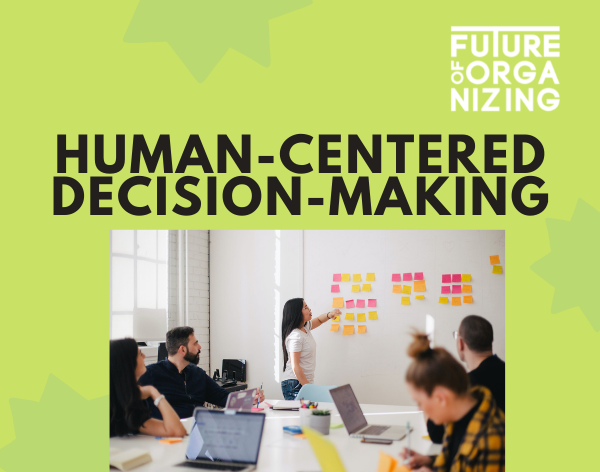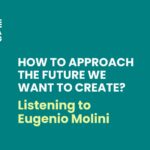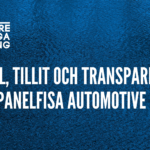Decision-making is a part of our everyday life, from the simplest to the most complicated situations. Humans face decision-making in different phases of their lives. Additionally, being part of an organization or a business increases the number as well as the complexity of decisions even more. So what techniques do businesses choose to come to a decision in the most effective way? Here are some used approaches by companies.
One decides for all
In organizations, business owners or managers might choose to decide on their own for any issue. It is hard to follow this structure in big companies so this style is more likely to be owned by new or small businesses. This way allows the organizations to come to a conclusion quickly but it can be harmful to the workers. For example, having no control over the decision-making procedures might make them feel invalidated.
Democratic style
In comparison with the autocratic style, this methodology makes workers feel part of the bigger picture and have direct influence over the business. One disadvantage associated with the democratic style can be the fact that it takes longer for businesses to come to a decision.
Laissez-faire style
This approach focuses mainly on the team rather than the leader. There is little to no input from leaders. The work staff finds solutions on their own as a team. Additionally, the laissez-faire style may help the organization to come up with new and creative ideas, especially in terms of enhancing the self-organization of each co-worker. The difference from the democratic style is that leaders or bosses do not participate in this process. This technique can be hard to implement if the workers or team are not familiar with the work or capable enough in the field. Meanwhile, professionals or experts as a team can operate well and thrive under this system.
(Read more about this here)
Consent decision-making
Consent evolved from the Quaker consensus tradition. The main idea of the technique is to encourage collective participation in decision-making. It requires the group to accept a “good enough” solution for all the parts involved. Additionally, it has grown in popularity among organizations in the decision-making process over the last decade as a mean of balancing speed and fairness. One of the advantages associated with this approach is that it creates objective debates in the organization during the decision-making process. This technique might feel uncomfortable for the team at first as the decision-making process can force teams to settle for a poor option, but the longer it is adopted the better it can get.
(Read more about this here)
TEAL TRUST TRANSPARENCY
The book “Teal. Tillit. Transparens” includes real examples and practical tools of human centered decision-making mechanisms that can be applied whether the decisions are operative, or strategic.
The DP model explained in the book aims to democratize workplaces and make them more humane, proving that such approach gives out a business advantage both in the short and the long term. It focuses on a systematic approach and a new manner of building organizations that do not rely on power structures and the Self-organization of work, in which people are free to apply their abilities and potential, is the main overall focus.
Rolf and Alicia Medina discussed decision-making and the human element together with their guest Carl Maximilian Tropé from Tropé Consulting in their latest podcast episode “Tiden är NU!” (in Swedish). If you missed that one, you can still listen to it online at: https://www.foosweden.se/event/tiden-ar-nu-7-decision-making/




